What is
Ionizing Radiation
and
Radioactive Material?


Ionizing radiation simply refers to the alpha particles, beta
particles, neutrons, gamma photons, and x-ray photons that are "radiated"
from radioactive material. We call these radiations "ionizing"
because of their ability to strip electrons from the shells of atoms thereby
creating "ions". Radioactive material is any material that
contains atoms (usually in a relatively large quantity) which are radioactive
(releasing energy as radioactivity). This can be a liquid chemical
solution used in experiments, bench paper contaminated with a radioactive
substance, or a pure radioactive sample. The reason we say "in a relatively
large quantity" is because all of nature, including our bodies, contains
radioactive atoms and is in some way radioactive material.
For the purposes of Radiation Safety, we use a pretty basic
model of the atom to describe the phenomena that occur. We have a positive
nucleus consisting of protons and neutrons surrounded by orbiting negative
electrons in quantum energy orbits. If you feel you have a firm grasp on
atoms and are pressed for time, move on. If you would like more
information on atoms and a little more physics theory, click here: The Atom

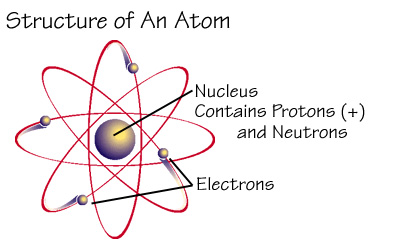
Let's go over each of the "radiations", their
hazards, and where you are likely to encounter them.
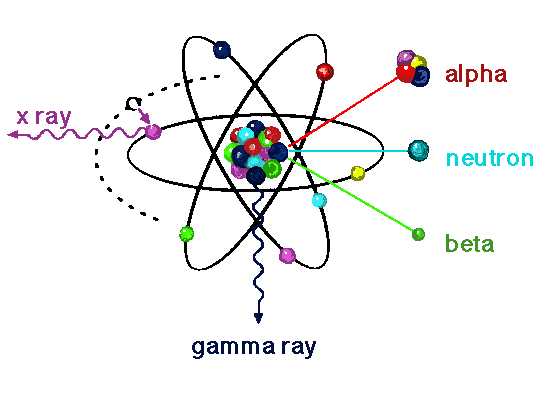
Click on each of the "radiations" below for their
descriptions. Some of the information is more in-depth than you would
normally need, but is given here so you will have a good foundation to work from
when evaluating radiation effects.
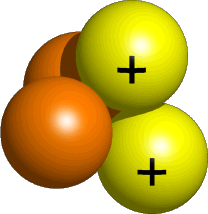


Clicking "Next" will skip the pages describing the
radiations.




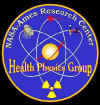


![]()






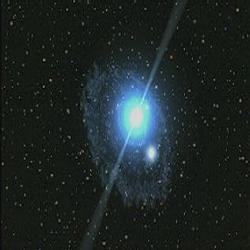
![]()